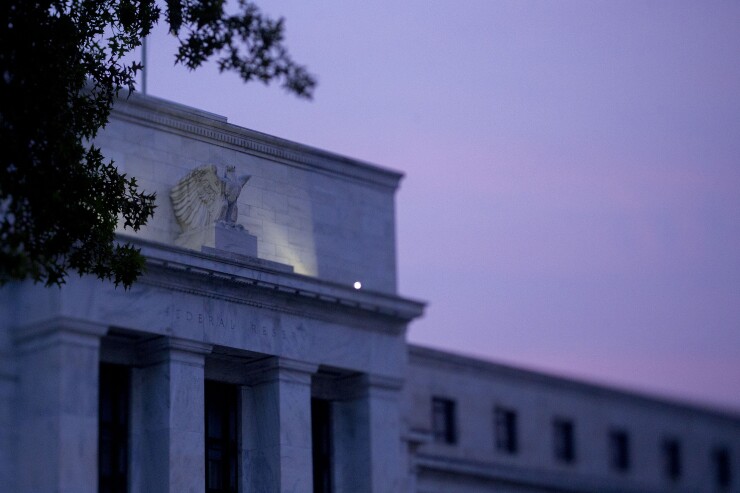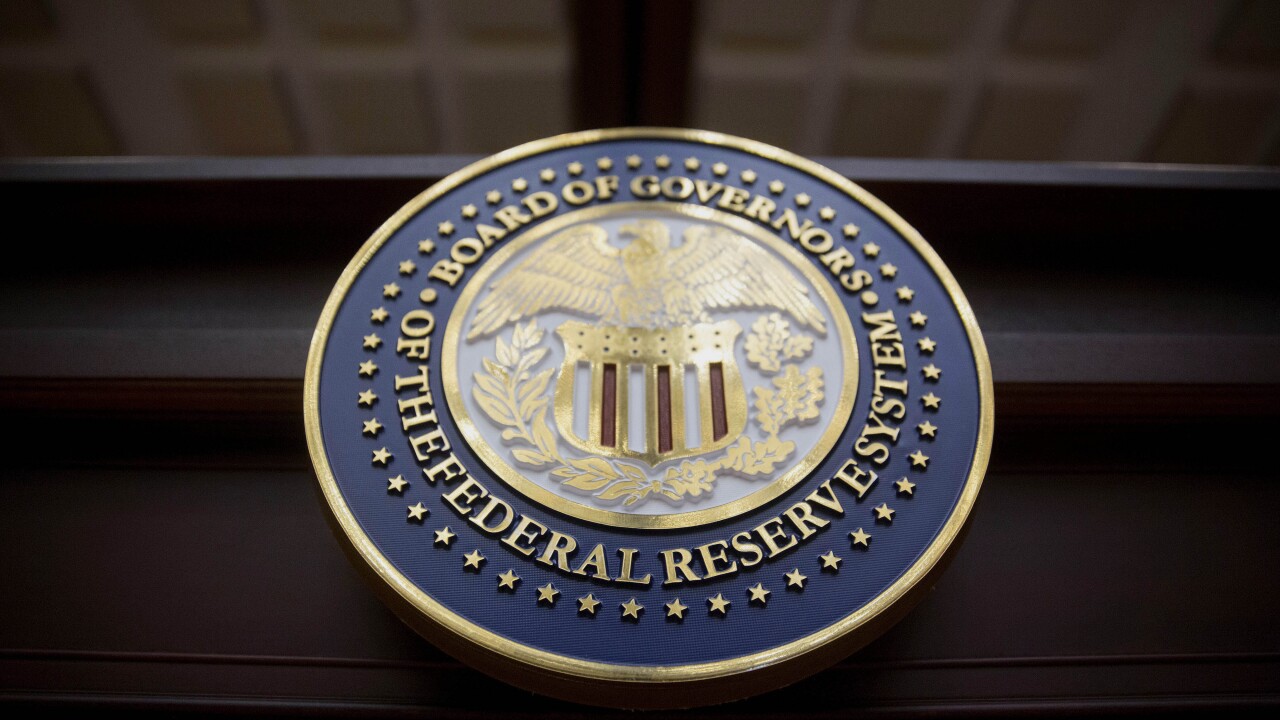
President Trump's
The answers can be found in the critical analyses that have multiplied over the last several years, decrying the secret examination regime of federal bank supervisors (all 5,000 of them). When bank examiners wish to direct banks toward a particular course of action (or absence of action), they do so shielded from accountability by the veil of confidential supervisory information, or CSI. There is no effective appeal nor recourse against these decisions, nor can banks even secure any information about them — even if they strongly disagree with them — because they are CSI. Supervisory mistakes, no matter how egregious, or even illegal, are completely hidden from view and are entirely subjective, based on the whims of individual examiners.
In the case of debanking, it is highly likely that regulatory pressure was applied, perhaps citing "reputation risk," perhaps using a "high risk" designation for certain accounts, to make it clear that if a bank knew what was good for it, it would stop doing business with a particular customer or set of customers. Policy judgments about what industries are acceptable or not shouldn't be made and enforced in secrecy, but through the transparent process of public rulemaking. If regulators believe certain business lines pose unacceptable risks, they should be required to propose formal rules and justify them through notice and comment under the Administrative Procedure Act. This is a frightening, unbridled and unaccountable power. Worse still, it turns banking completely on its head. Banks are in the business of acquiring customers, not refusing them.
Thus, the debanking story, which now spans not one but two
The Federal Reserve and Office of the Comptroller of the Currency terminated enforcement orders against Industry Bancshares and its subsidiaries. The banks were considered prime examples of interest rate risk management gone awry.
The regulatory record in connection with direct and indirect orders, directives, hints, suggestions, cajoling and arm-twisting of banks must be made public for the debanking story to be known completely and remedied effectively. And where those actions amount to policymaking, they must be converted into actual rules, developed through the legal and transparent process the APA requires.
Of course, the regulators may express concerns about the identity of individuals, etc., but that can be handled by anonymizing the data in aggregate or individually. That is not hard and, in fact, may help mitigate concerns that banks might have about defending against a flurry of baseless claims already produced by overzealous regulators under the current regime. Protective orders of a similar stripe are entered by federal courts every day across the country. Moreover, a senior legal executive outside the current bank regulatory perimeter should review the information for excessive redactions before they are released. [Former acting Comptroller of the Currency Keith Noreika comes to mind.] The absurd redactions dealt with by a major crypto exchange earlier this year in its FOIA fight with the FDIC should not be repeated. Sunlight, as Justice Louis Brandeis so astutely observed, is the best disinfectant. In bank regulation, the shroud of secrecy must give way to the sunlight of an accurate factual record.
Notably, before the two chokepoints, there was scant or no evidence of banks turning down customer relationships with gun shops, payday lenders, crypto companies, coin dealers, tobacco stores, stamp collectors or charitable organizations. The two chokepoints did not begin by themselves, nor were they the invention of bankers. "They emerged directly from the government and only by securing information from the government, and by ensuring that the substance of regulatory policy is no longer made behind closed doors, can the public, Congress and regulators ever know the full story so they can act to ensure it will not be repeated when supervisory secrecy is brought to an end.
Two Operation Chokepoints have been two too many. We must know the full story so there can never be a third.






